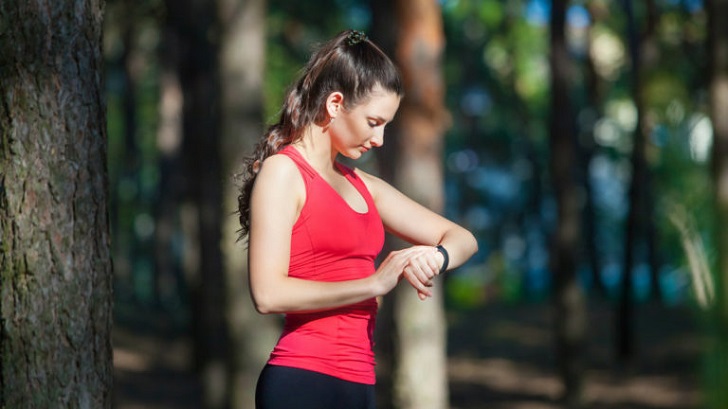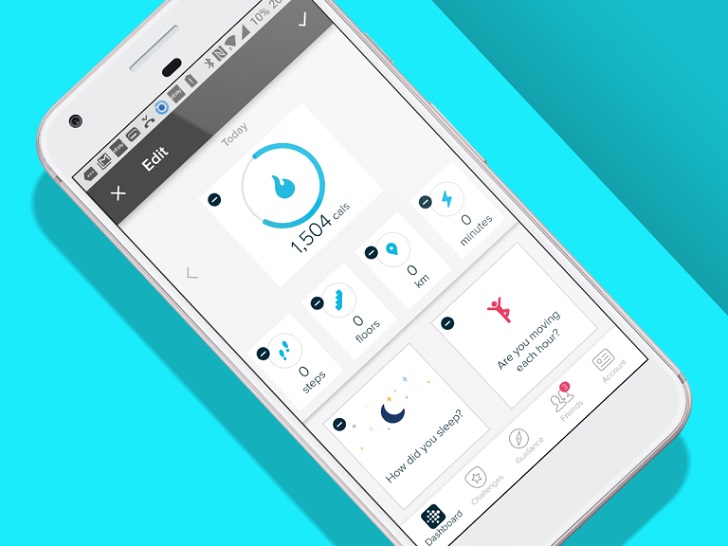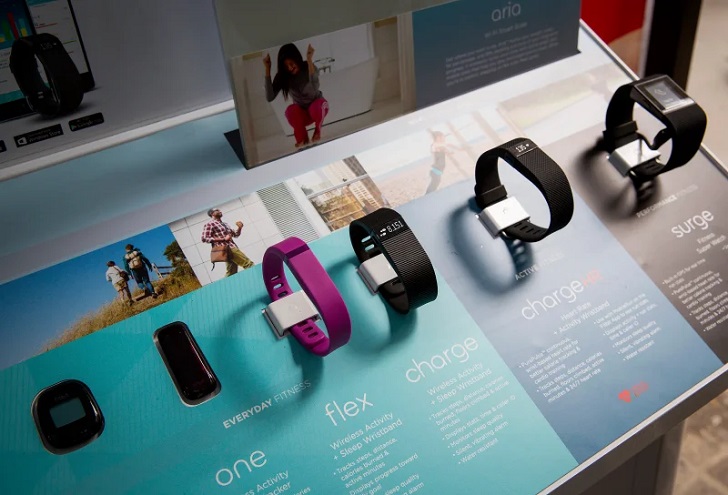For those who aren’t yet familiarised with Fitbit, we are here to delve deep into your basic queries and answer your questions. For starters, Fitbit is an activity tracker worn on the wrist, just like a watch that tracks your day-to-day activity, whether you walk, run, swim, cycle or work out at the gym. Fitbits come in two main types: trackers and watches. Trackers are more activity and tracking-focused, while a Fitbit Smartwatch offers smartphone-like features.
Most of these gadgets are worn like watches, while other older models are clipped onto your clothing. The company has also introduced a cool scale that wirelessly communicates with your Fitbit tracker! The products have been around since 2009 and have changed the world a lot since those days. Fitbit is no longer a way to get you off your backside by obsessing over your step count but a whole lifestyle platform that can get you to retrain your brain to think and be more healthy in all sorts of ways.

Depending on the type of Fitbit you opt for, these gadgets can also track your heart rate, sleep, and menstrual cycle for a greater picture of your overall health. Some Fitbits can even detect the type of exercise you are doing (swimming, cycling, running, etc.) and offer optimized tracking.
What’s more, some feature fun extras such as on-screen workouts, breathing meditations, the opportunity to link your music streaming service to your watch for phone-free listening as you workout, as well as phone, text, and app notifications, calendar alerts, and Fitbit Pay which can be very helpful if you forget your wallet! Here are some tips and tricks to get the most out of your fitness tracker.
Customize your dashboard

Fitbit has perhaps the most customizable interface of all the fitness apps around. You can zap any element of the home screen. If you arent comfortable with seeing your calorie count every time you open the app, then you can just remove that with just a tap. the benefit of doing this is that when you stroll into the app to check out your stats, it’s as clean and clear as possible.
Configure your activity screens
The default screen for activities like running shows three stats: two that are fixed, the one at the top and bottom, and one in the middle that you can flick through to show different info. You can also adjust the data that’s displayed in each of these; if you just want heart rate, current pace, and average pace for running, for example, then you can get rid of other stats like calories, so you don’t have to spend ages swiping through the whole lot to find out what you want. On the watch, find the start screen for the exercise you want to edit and click the cog in the top left corner.
Find your Fitbit

Fitbits, particularly the smaller bands, have an annoying habit of falling down behind cupboards or finding a home in a sofa’s cracks. Luckily, there’s also an app that can help. Finder for Fitbit, available on Android for free, and Find my Fitbit for iOS, use the Bluetooth signal strength of your Fitbit to determine how close it is to your phone.




